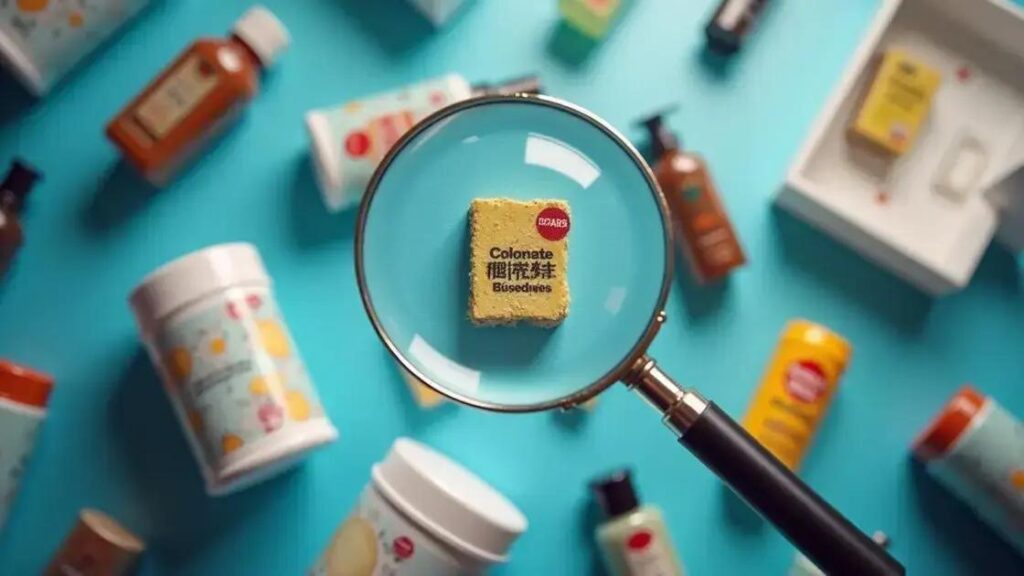POWER RISE: How to Spot Counterfeit Products Effectively teaches you to recognize counterfeit items by understanding their common characteristics, verifying authenticity, and knowing the steps to take when you suspect counterfeiting. Protect yourself by documenting concerns, researching products, and reporting fakes to authorities.
In today’s global market, counterfeit products pose a significant threat. The keyword here is POWER RISE, as this concept underscores the rising awareness and vigilance consumers must adopt. In this article, you will learn about the common characteristics that define counterfeit goods, how to verify the authenticity of products, and the essential steps to take if you suspect you’ve encountered a fake item. Being proactive allows you to safeguard your investments and ensure that you are purchasing legitimate products.
Understanding Counterfeit Products
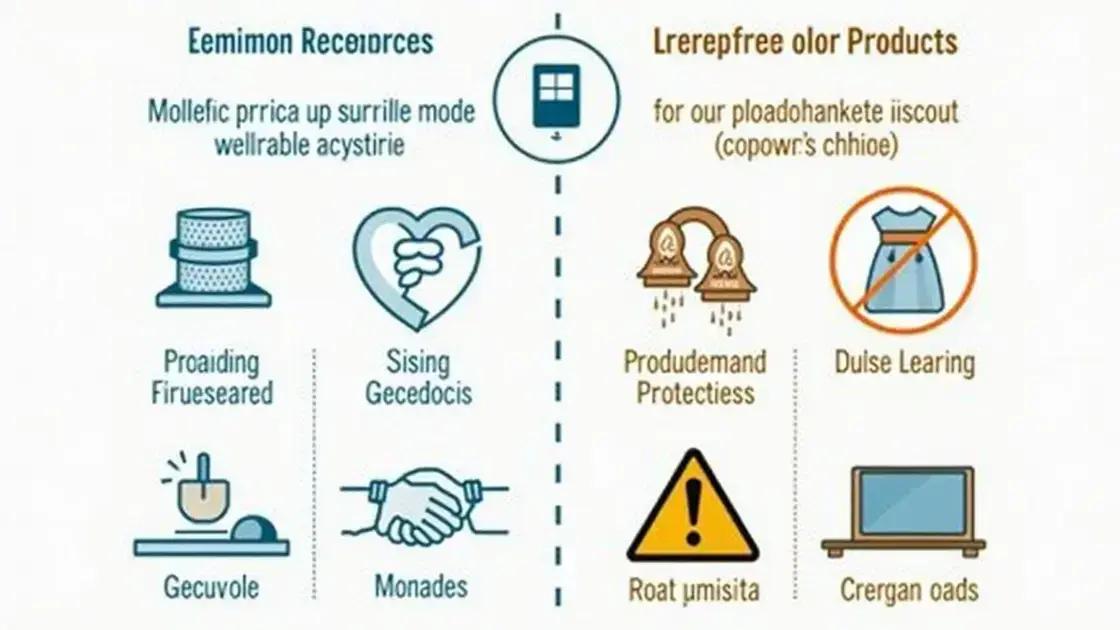
Understanding counterfeit products is essential in today’s marketplace. Counterfeiting is when fake products are made to look like a real brand. These fake items can be dangerous and often do not meet safety standards. Recognizing what counterfeit products look like can help you avoid wasting money and ensure your safety.
Why Counterfeits are a Problem
Counterfeit products can harm legitimate businesses and consumers alike. When people buy these fake items, they may think they are getting a good deal, but they often end up with low-quality products that can break easily or even cause harm. Moreover, the money spent on counterfeits does not support the companies that invested to create quality products.
The Scale of Counterfeiting
Counterfeiting is a global issue affecting many industries, including clothing, electronics, beauty products, and more. It impacts not only companies but also the economy and law enforcement. According to recent studies, billions of dollars are lost each year due to counterfeit sales.
Recognizing Counterfeit Products
The first step in understanding counterfeit products is to learn how to spot them. Fake items often cut corners on quality, packaging, and pricing. By being aware of these factors, you can protect yourself from scams.
Seeking Reliable Sources
Always buy from reputable retailers. When purchasing online, check reviews and look for authorized sellers. It is important to do your homework before buying to ensure the authenticity of the product. Paying a bit more can save you from headaches down the line.
Common Characteristics of Counterfeits
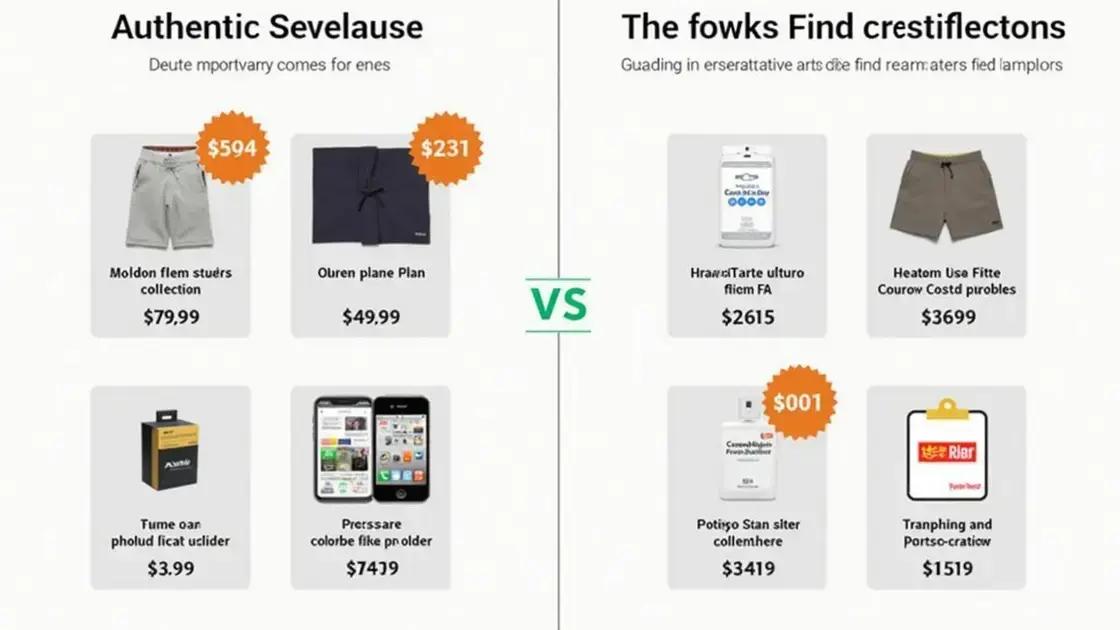
Identifying common characteristics of counterfeits is crucial for consumers. Counterfeit products often show significant differences from authentic items. These differences can help you spot a fake before purchasing.
Poor Quality Materials
One of the most noticeable characteristics of counterfeit items is the use of poor quality materials. Authentic brands use high-quality materials to ensure durability and safety. If a product feels cheap or flimsy, it’s likely a counterfeit.
Inconsistent Branding
Counterfeit products also often have inconsistent branding. This includes misspellings on labels, poor color matching, and incorrect logos. Authenticity hinges on attention to detail; counterfeits typically miss the mark.
Unusual Pricing
If a deal seems too good to be true, it often is. Counterfeit products are frequently sold at unusually low prices. Brands invest in quality, and if you come across a luxury item for a fraction of the cost, it’s a red flag.
Absence of Certifications or Tags
Authentic products typically have certifications, tags, and warranty information. Counterfeits may lack necessary documentation. Always check for proper tags or certificates that validate authenticity before making a purchase.
How to Verify Authenticity
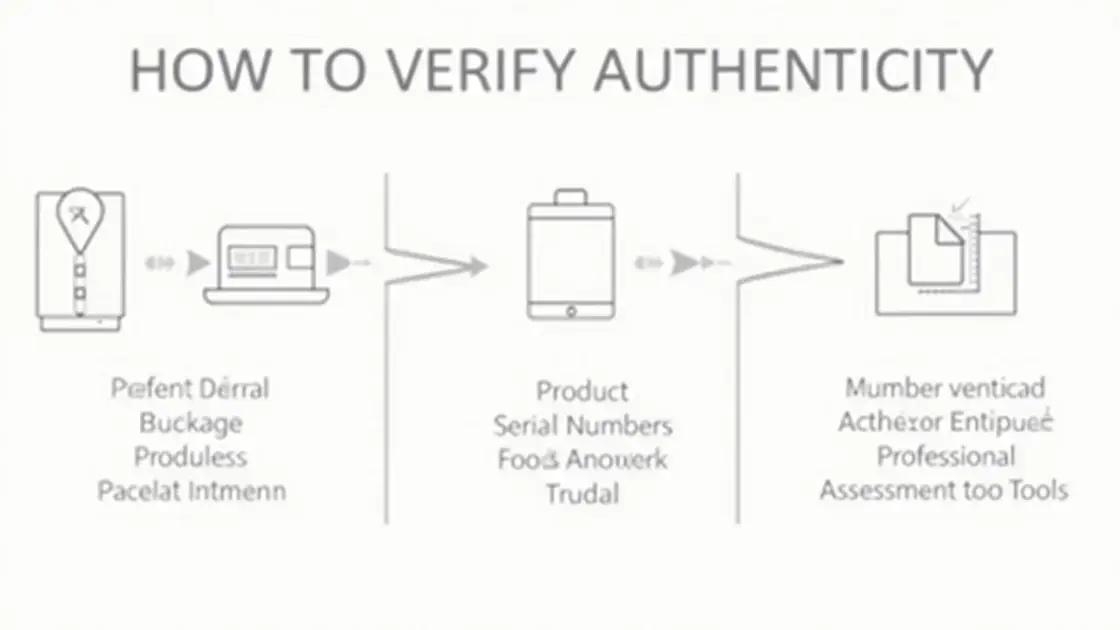
Verifying the authenticity of a product is essential for making informed purchases. Here are steps to help you confirm whether an item is genuine.
Check the Item’s Packaging
Authentic products usually come in high-quality packaging. Examine the packaging carefully. Are the colors vibrant? Is the printing clear? If the packaging appears low quality or has errors, it could be a counterfeit.
Look for Serial Numbers and Labels
Most genuine products feature unique serial numbers or labels. Search for these numbers on the product and verify them with the manufacturer or retailer to confirm authenticity.
Research the Brand’s Verification Process
Many brands have their own methods for verifying authenticity. Check their official website for instructions. They may provide tools or resources to help consumers determine if a product is legitimate.
Seek Professional Assessments
If you’re still unsure, consider seeking a professional assessment. Expert appraisers can provide detailed evaluations. This is especially important for high-value items like luxury goods and collectibles.
Steps to Take When You Suspect Counterfeiting
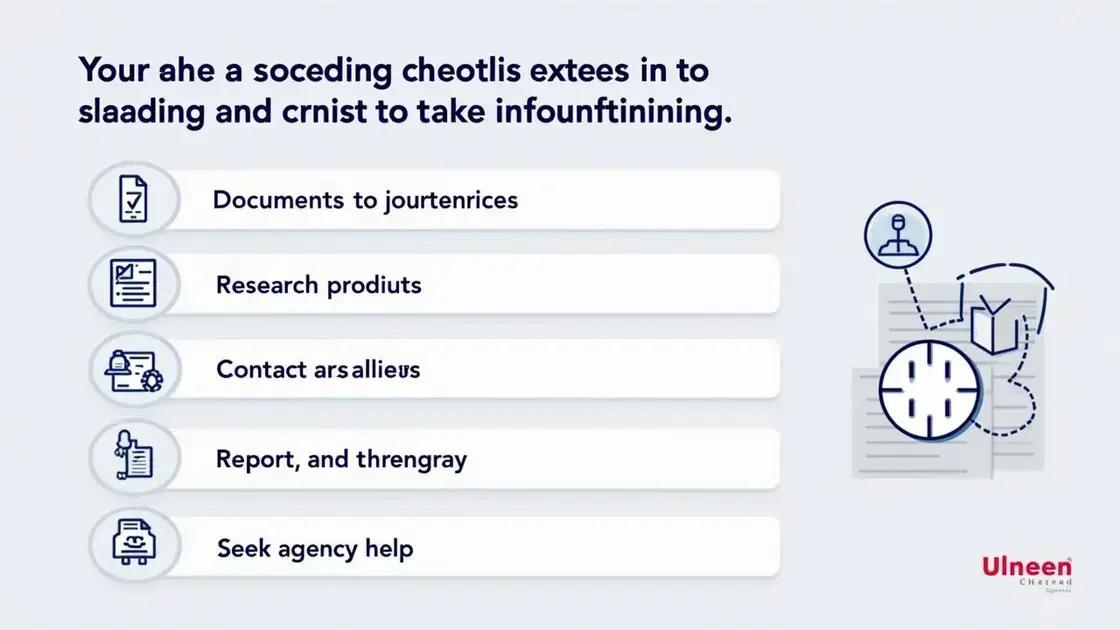
If you suspect that you have encountered a counterfeit product, taking immediate action is vital. Follow these steps to address your concerns.
Document Your Concerns
Start by documenting your concerns. Take pictures of the product, packaging, and any receipts or labels. This information will be helpful if you need to make a complaint.
Research the Product
Conduct thorough research on the product. Look up the official brand website for details on their authentic items. Compare your product to images and descriptions provided by the manufacturer.
Contact the Seller
If you purchased the item online or from a store, contact the seller immediately. Share your concerns and provide them with your documentation. They may have a return policy for counterfeit items.
Report the Counterfeit
Do not hesitate to report the counterfeit product. You can file a complaint with the local authorities or notify the brand directly. Brands often have legal teams dedicated to protecting their products from counterfeiting.
Seek Consumer Protection Agencies
Lastly, consider reaching out to consumer protection agencies for additional guidance. They can offer advice on your rights as a consumer and assist you in navigating the situation further.
In Conclusion: Empowering Yourself Against Counterfeits
Understanding how to spot counterfeit products is essential in today’s marketplace. The knowledge of common characteristics of counterfeits helps you make informed decisions. By learning how to verify authenticity, you can protect your investments.
When you suspect counterfeiting, taking immediate steps can safeguard your rights as a consumer. Always document your concerns, research the product, and reach out to sellers and authorities when necessary.
With the right tools and information, you empower yourself to navigate the world of consumer goods confidently, ensuring you purchase only genuine products.
FAQ – Frequently Asked Questions about Spotting Counterfeit Products
What are the common signs of counterfeit products?
Common signs include poor quality materials, inconsistent branding, unusually low pricing, and lack of proper certifications.
How can I verify the authenticity of a product?
To verify authenticity, check the item’s packaging, look for serial numbers, research the brand’s verification process, and seek professional assessments if needed.
What should I do if I suspect I have a counterfeit product?
Document your concerns, research the product, contact the seller, report the counterfeit, and seek advice from consumer protection agencies.
Why is it important to avoid counterfeit products?
Counterfeit products can be low quality, potentially harmful, and could waste your money while harming legitimate businesses.
Can I report counterfeit products to the authorities?
Yes, you should report counterfeit products to local authorities or directly to the brand’s legal team to protect your rights and help combat counterfeiting.
How can I ensure I’m purchasing genuine products online?
Always buy from reputable retailers, check product reviews, and look for authentication methods provided by the brand.

